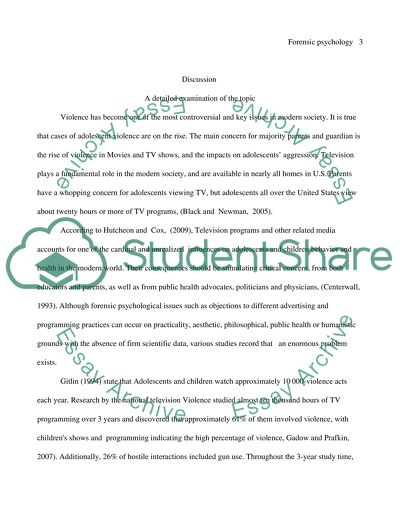Cite this document
(“Forensic Psychology Summary Article Essay Example | Topics and Well Written Essays - 2000 words”, n.d.)
Retrieved from https://studentshare.org/psychology/1445443-forensic-psychology-summary-article
Retrieved from https://studentshare.org/psychology/1445443-forensic-psychology-summary-article
(Forensic Psychology Summary Article Essay Example | Topics and Well Written Essays - 2000 Words)
https://studentshare.org/psychology/1445443-forensic-psychology-summary-article.
https://studentshare.org/psychology/1445443-forensic-psychology-summary-article.
“Forensic Psychology Summary Article Essay Example | Topics and Well Written Essays - 2000 Words”, n.d. https://studentshare.org/psychology/1445443-forensic-psychology-summary-article.


